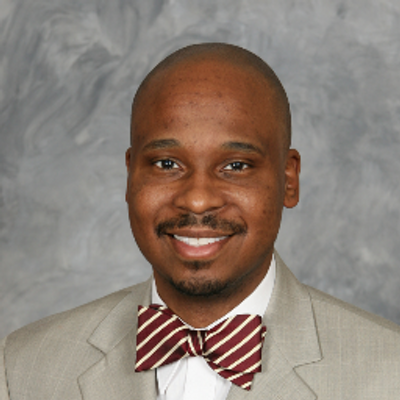LAS VEGAS (KTNV) — We continue our conversations on equity, diversity and inclusion with a one-hour special titled "Hidden Bias of Good People," which looks at how the people and ideas we've been exposed to throughout our lives take hold, and while we assume we're always thinking independently, we're not.
It's called implicit bias. So, how can we be more aware of our bias and be more compassionate parents, friends, neighbors and coworkers?
Dr. Bryant T. Marks Sr., a minister, researcher, trainer and award-winning educator, hosts an hour-long special that explores the implicit bias we have. Watch the show above.
WHAT IS IMPLICIT BIAS? AND DO I HAVE THEM?
When you hear the word bias, you may immediately think it's a bad thing. But that's not necessarily the case. Your biases may make you act more positively towards a group due to your own life experiences. It can also cause you to act negatively towards others, without knowing it.
In fact, you almost certainly have some implicit biases (often called unconscious biases) towards different social attitudes. Everyone does.
How do you know what your implicit biases are? A group called Project Implicit looks specifically at the idea of implicit bias and has simple online "Implicit Association Tests" you can take online to see how your life experiences may be impacting your thoughts around race, sexuality, drug use, and much more. All the tests are free and can be taken from a computer or smartphone.
So, how do you counter implicit bias? The first step is to know your biases. From there, it requires conscious efforts. The Tory Burch Foundation lists 10 steps you can take:
- Identify your biases: Take the Implicit Association Tests and learn about the different types of biases.
- Pay Attention to Language: Be mindful of what you say and how you say it.
- Question your thinking and challenge your assumptions: Flip the script. Would you draw the same conclusions if this scenario involved someone of a different gender or race?
- Make Friends: Proximity shatters stereotypes. Seek diversity in your friendships and interactions. Volunteer at an organization working with people not in your circle.
- Speak out: Hold yourself and others accountable when unconscious bias surfaces.
- Don't be defensive: Just listen. The use of the words: discrimination, oppression, racism, heterosexism, male privilege, etc., are not personal criticisms.
- Avoid Generalizations: Catch yourself when you use them and ask yourself if the statement was true.
- Use Visualization: Imagine positive images of a group you tend to be biased about.
- Listen to someone else's story: Exercise empathy.
- Raise your children to embrace diversity and equality: We can create a better world.
ABOUT DR. BRYANT T. MARKS SR.
Dr. Bryant T. Marks, Sr. is a minister, researcher, trainer, and award-winning educator.
Dr. Marks has provided diversity, equity, and inclusion training for eighteen years. His personal and professional mission is to develop the knowledge, wisdom, and skills of others that will allow them to reach their full potential and live their lives with purpose and passion.
Dr. Marks is the founding director of the National Training Institute on Race and Equity and is a professor in the Department of Psychology at Morehouse College. He served on President Obama’s Board of Advisors with the White House Initiative on Educational Excellence for African Americans and as a senior advisor with the White House Initiative on Historically Black Colleges and Universities.
Dr. Marks holds a B.A. in psychology and a minor in economics from Morehouse College, and an M.A. and Ph.D. in social psychology from the University of Michigan.



